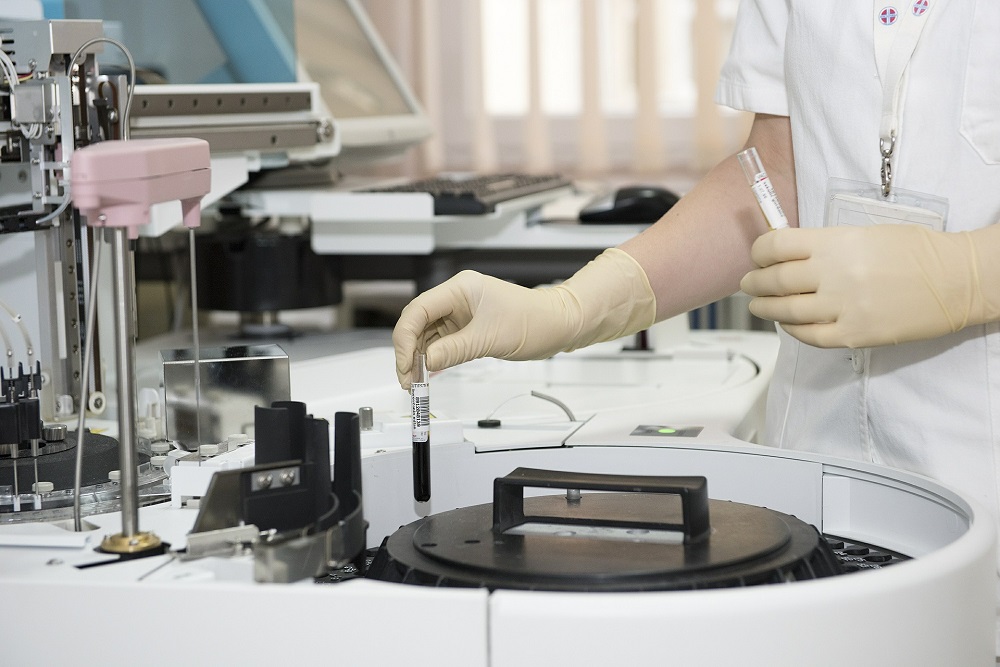MIT engineers have shown their creativity by developing a new way of removing carbon dioxide from the air. This is instrumental in tackling the menace of climate change.
The MIT engineers have revealed that the innovative system has the capability of working on carbon dioxide at virtually any concentration level. This is the scenario, even at extreme levels of nearly 400 parts per million presently located in the atmosphere.
MIT engineers’ technique
Most of the approaches utilized in the removal of carbon dioxide need higher concentrations. This is, however, not the scenario with the MIT engineers’ technique because air is passed through a stack of charged electrochemical plates.
The device utilizes a huge specialized battery that ensures that carbon dioxide is absorbed from the air by passing it over electrodes. The gas is then released as it is continuously being discharged.
It has also been stipulated that an electrochemical reaction is witnessed as the battery charges.
Absorbent affinity’s binary nature
The significant advantage of the technology utilized in the removal of carbon dioxide is the absorbent affinity’s binary nature.
This means that the electrode material either has a high affinity or none at all, and this is dependent on the battery’s discharging or charging state.
The other reactions needed for carbon capture necessitate intermediate chemical processing steps or the input of considerable energy, such as pressure differences, or heat.
Conversely, in a recent development by the joint collaboration of the Indian Institute of Technology Hyderabad (IIT-H) and Kalinga Institute of Industrial Technology (KIIT) School of Architecture, Bhubhaneshwar, researchers have synthesized new ‘bio-bricks’ which are made of bio-degradable agriculture left-over and waste. This would include haystacks, wheat straws, animal dungs, and bagasse.
Furthermore, climate change has necessitated harsh measures for it to be curbed, and Goldsmiths has not been left behind. Expressly, this institution has prohibited beef retailing in distinctive food outlets.







